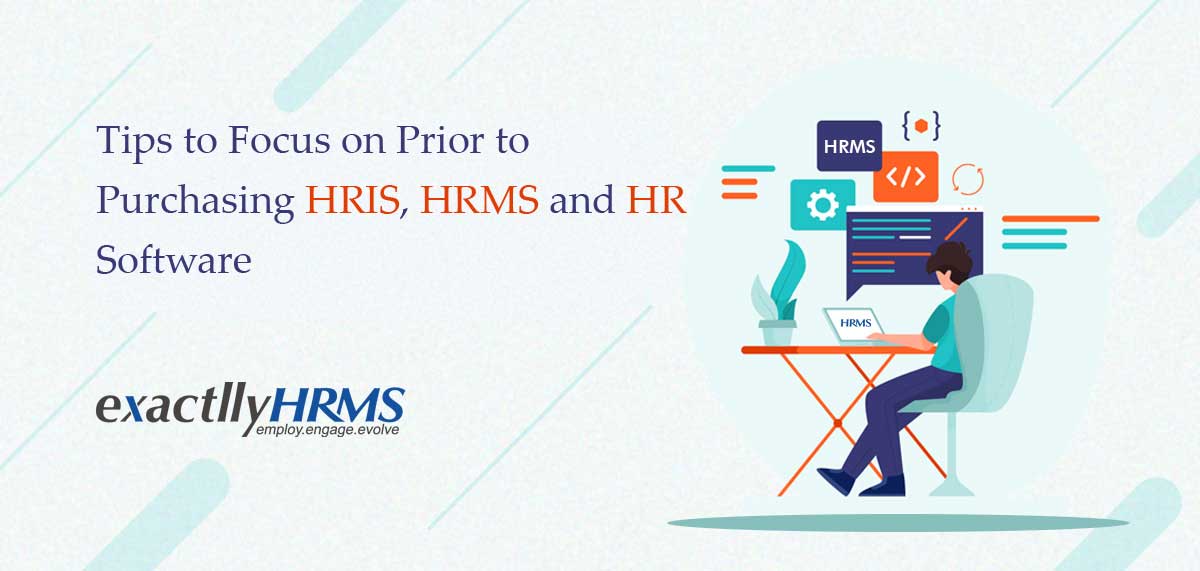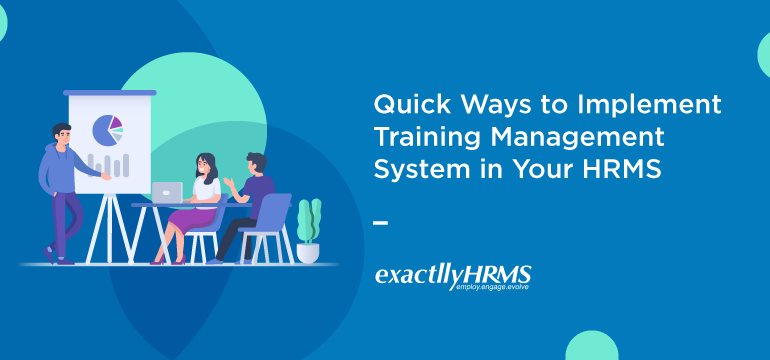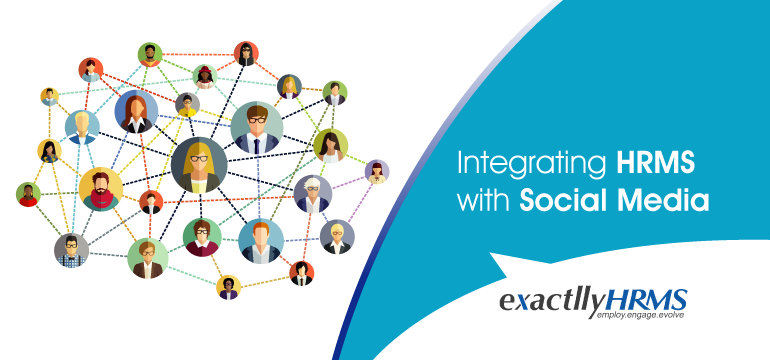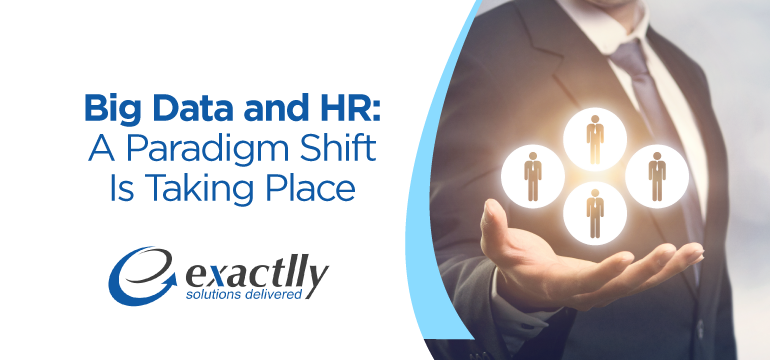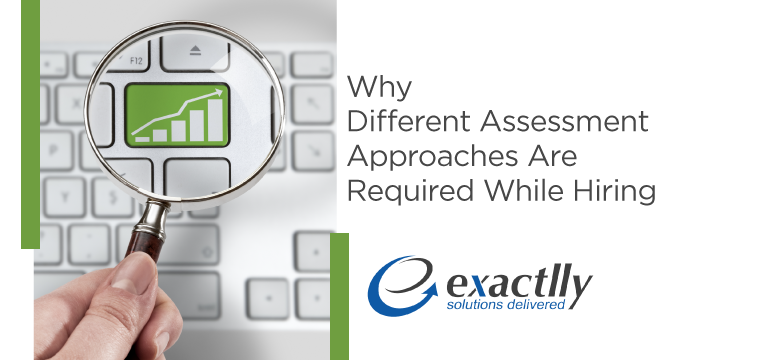What Are the Differences between HRMS and HRIS?
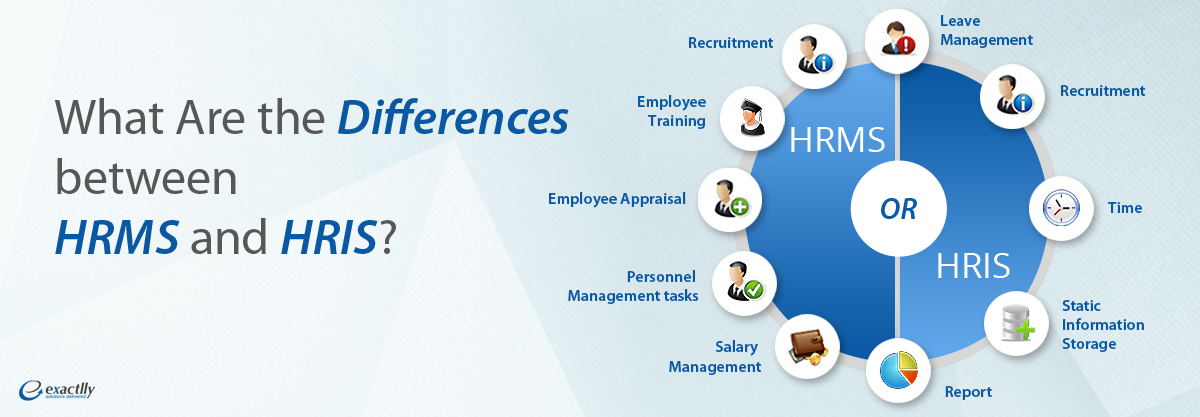
Differences between HRMS and HRIS
We often hear clients and professionals wonder what the differences between an HRMS (Human Resources Management System) and HRIS (Human Resources Information System) are. While there are very few differences, the industry uses the terms interchangeably. The preference for either HRMS or HRIS as the word to be used differs among clients. Sometimes people use the term HCM (Human Capital Management), which is again similar to an HRMS or HRIS.
An HR system should be able to process payroll, performance management, recruitment, time and attendance, benefits and talent management. For practical purposes, modern HR systems can all be called Human Resource Management Systems and they perform all the above-mentioned tasks.
That said, there are a few differences that one should bear in mind before we take the liberty to use HRMS and HRIS interchangeably.
-
Is HRMS different from HRIS?
Before we understand the differences, it is important to bear in mind that while HRMS and Human Resource Information System used to exist as separate software programs, most contemporary HR management systems incorporate the features of both HRMS and HRIS, ultimately to help users arrive at successful human resources management (HRM). In this article, we describe what both HRMS and HRIS consist of, and how their tasks overlap in an industry setting.
-
What an HRMS is –
An HRMS helps companies to track data related to staff and employees that may or may not be dynamic. Variable data such as sick leaves, vacations that were taken or used, the performance of an employee, training and appraisals and other such personnel management related tasks are handled by an HRMS. This data is stored and retrieved later on, as and when required. An HRMS may also be used to continually track employee performance and even predict future trends that may affect recruitment and training decisions.
-
What an HRIS is –
An HRIS on the other hand stores static information that does not change very often. It may store details such as the residential address, educational qualifications, tax status, government ID numbers, benefits and other details that remain constant for a considerable period of time. Payroll is sometimes part of HRIS as well. An HRIS can help companies to evaluate simple data that provides useful data about staff and employees. HRIS started to gain popularity with the advent of computers, when HR managers could finally put those heavy files and folders away, to be replaced by electronic data.
Contemporary HR Systems are usually integrated with HRMS and HRIS Features:
Contemporary HR systems are usually a combination of both HRMS and HRIS. By ensuring that both the HRMS and HRIS tasks are taken care of by a single system, costs and efforts can be reduced. Moreover, the learning curve of understanding the differences between an HRMS and an HRIS is reduced, when both the systems are integrated into singular HR management software. Usually, this combined software tool is generally known as HRMS.
Whether one chooses to call an HRM tool HRMS, it should be able to help HR managers to automate, track and analyze employee and staff related data in an effective manner. Before selecting an HRM tool, it is always prudent to ensure that it not only has HRMS features but that it also has certain static data-crunching abilities, with which HRIS is associated.
Can we just call every HR System ‘HRMS’?
The answer to this question is, yes. As long as your HR system performs certain IT-related data-crunching tasks and stores static data along with all the dynamic tasks associated with human resource management, it is safe to call it ‘HRMS’.
Willing to know more about exactllyHRMS? Feel free to Contact Us and get a Free Demo.

